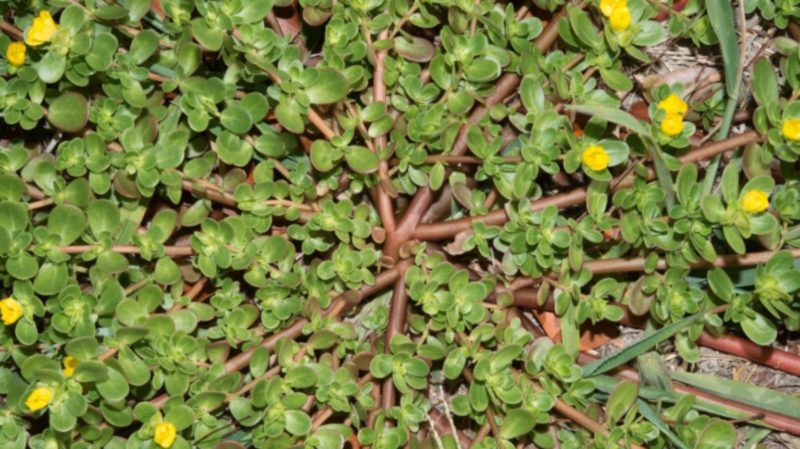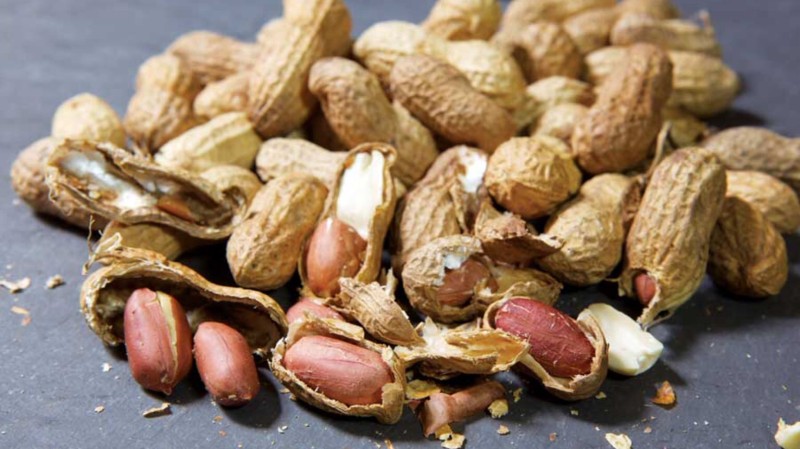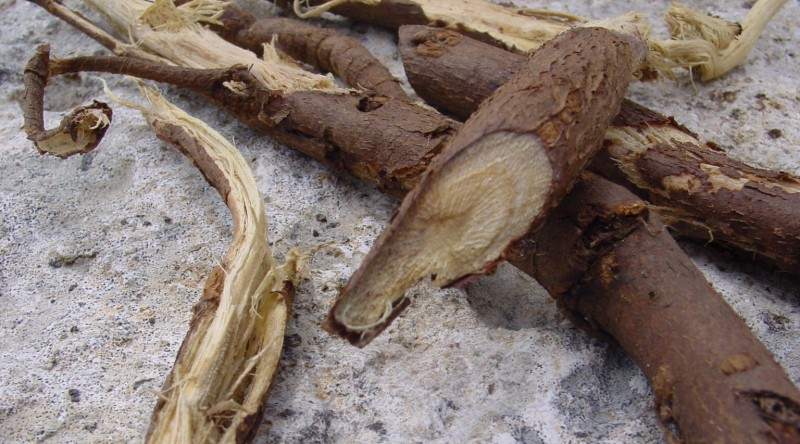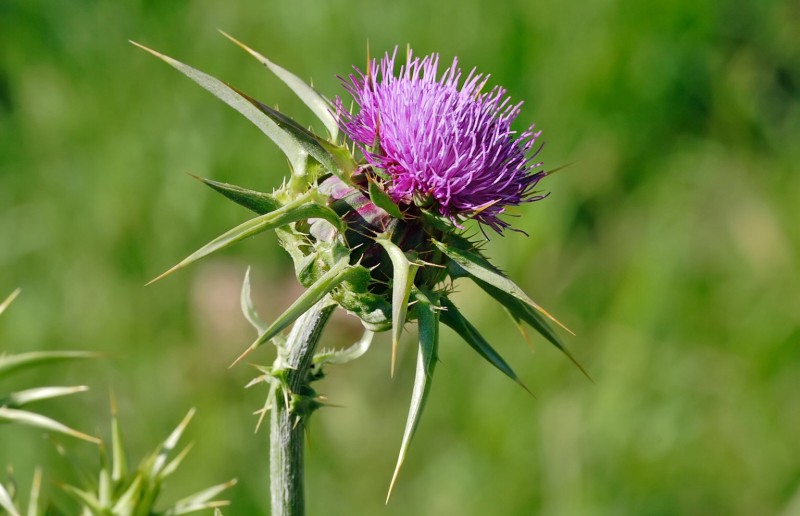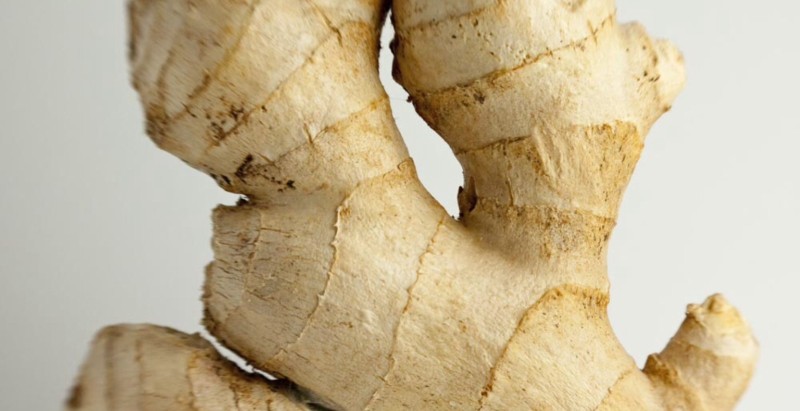Purslane, or more accurately, common purslane (Portulaca oleracea), is a very nutritious plant that is cultivated and/or grows as a weed throughout much of the world. Other common names include: pusley, pursley, verdolaga, little hogweed, red root, andrakla (αντράκλα), glystrida (γλυστρίδα), reglah (رجلة), Bakleh, burdullak, qulfa, baldroegas, sanhti, paruppu keerai, gangabayala kura, punarva, and kulfa, amongst many, many others.
Notable qualities of the plant, in addition to its tastiness, include: the fact that purslane contains more omega-3 fatty acids than any other leafy vegetable food; that it contains high levels of Vitamin E, Vitamin C, Magnesium, and Potassium; and that it’s very useful as a companion plant thanks to its deep, powerful taproot growth.
It’s cosmopolitan distribution is another very notable quality — with the plant growing practically everywhere in the temperate world. This cosmopolitan range-extent doesn’t seem, going by the evidence, to be a recent phenomenon — but rather to possibly stretch back into prehistory.
The species is classified as being part of the family Portulacaceae, can grow to be more than 16 inches tall, and can flower at any time of the year. Notably, the seeds are edible as well as the greens, but should probably be processed in the traditional ways (or good approximations) of those that ate them, such as various Australian Aboriginal peoples. This is so as to break down or remove some of the components which can potentially cause problems for people.

